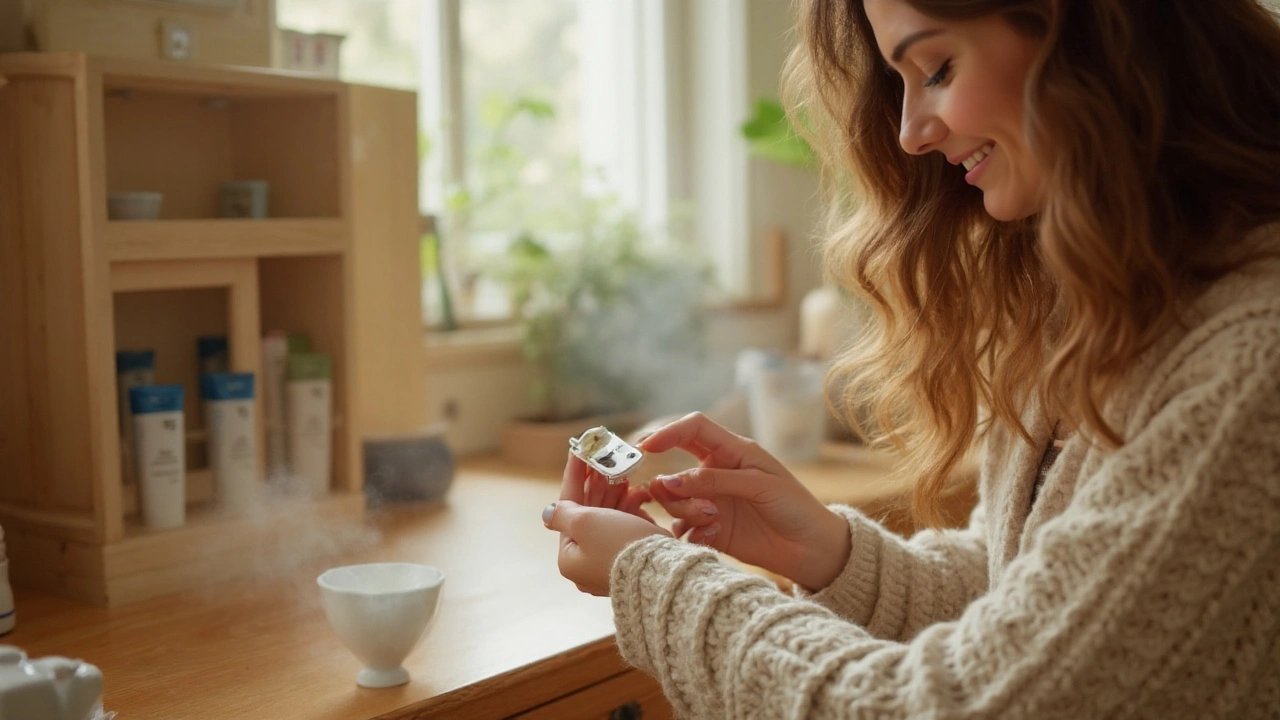Antifungal Cream: What It Is and How It Helps Your Skin
If you’ve ever dealt with an itchy, red rash on your foot, groin, or anywhere else, you know how annoying a fungal infection can be. Antifungal creams are the first‑line weapon most people reach for because they work directly on the skin, are easy to apply, and usually clear up the problem fast. In this guide we’ll break down how these creams work, the most common brands you’ll see, and simple tips to get the best results without any hassle.
How Antifungal Cream Works
Most creams contain ingredients like clotrimazole, miconazole, terbinafine, or ketoconazole. These chemicals target the fungus’s cell wall, stop it from growing, and eventually kill it. Because the medicine sits right on the infected spot, you get higher concentrations where you need them and fewer side effects than oral pills. Typical treatment lasts from a few days to a couple of weeks, depending on the infection’s depth and the product you choose.
Choosing the Right Cream for Your Situation
Not all fungal infections are the same. Athlete’s foot (tinea pedis) usually responds well to clotrimazole or terbinafine. Jock itch (tinea cruris) and ringworm (tinea corporis) often need miconazole or ketoconazole. If you’re dealing with a yeast infection on the skin, a cream with nystatin might be better. Read the label, match the condition, and pick a cream that’s approved for that specific type.
When you buy over the counter, look for the active ingredient and the concentration. A 1% cream works for most mild cases, while a 2% formula may be needed for stubborn spots. If you have sensitive skin, choose a product labeled “fragrance‑free” or “for sensitive skin” to reduce irritation.
Applying the cream correctly makes a huge difference. Clean the area gently with soap and water, pat it dry, then spread a thin layer of cream over the entire rash and a small margin around it. Don’t just dab the spot; the medication needs to reach the edges where the fungus can spread. Most creams advise you to use them twice a day, but follow the package directions—some need only once‑daily use.
Keep the affected area dry. Fungi love moisture, so after you apply the cream, let it air out for a few minutes before putting on shoes or clothing. If you’re treating athlete’s foot, change socks daily and consider using an antifungal powder to stay dry overnight.
Side effects are usually mild—think a little burning, itching, or redness. If the irritation gets worse, stops improving after two weeks, or you notice swelling, stop using the cream and talk to a pharmacist or doctor. Some people develop allergic reactions to certain ingredients, so switching to a different active ingredient can solve the problem.
When to seek professional help? If the infection spreads rapidly, involves large areas, or you have a weakened immune system (like after chemotherapy or with diabetes), a prescription‑strength cream or oral antifungal may be necessary. Also, if you see pus, severe pain, or the rash looks like a bacterial infection, get medical advice right away.
Bottom line: Antifungal cream is a simple, effective way to beat most skin fungal infections. Pick the right active ingredient, apply it correctly, keep the area dry, and watch the rash fade. If anything feels off, don’t hesitate to ask a healthcare professional. With the right approach, you’ll be back to comfortable, healthy skin in no time.
Candid B Lotion vs Other Antifungal & Steroid Creams: Full Comparison Guide
An in‑depth look at Candid B Lotion (beclometasone+clotrimazole) compared with leading antifungal and steroid creams, covering uses, benefits, side effects and cost.
